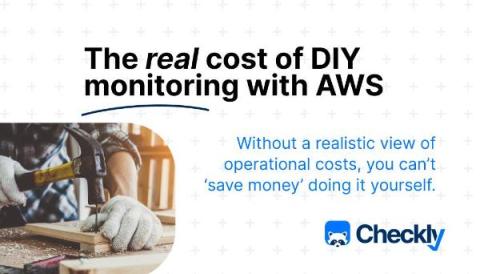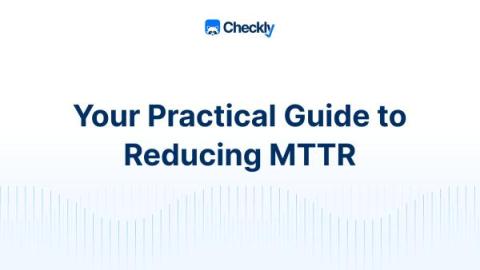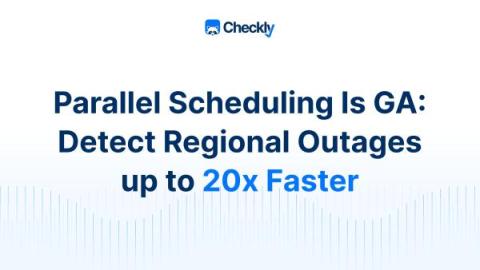Integrating Accessibility Checks in Playwright Tests with Checkly
Ensuring your web application is accessible is not just about compliance; it's about inclusivity. Tools like Google Chrome's Lighthouse provide a starting point for accessibility checks. but integrating these checks into your development workflow can significantly enhance the quality of your product. This post explores how to perform automated accessibility checks using Playwright and Checkly, leveraging the power of the axe-core library.










